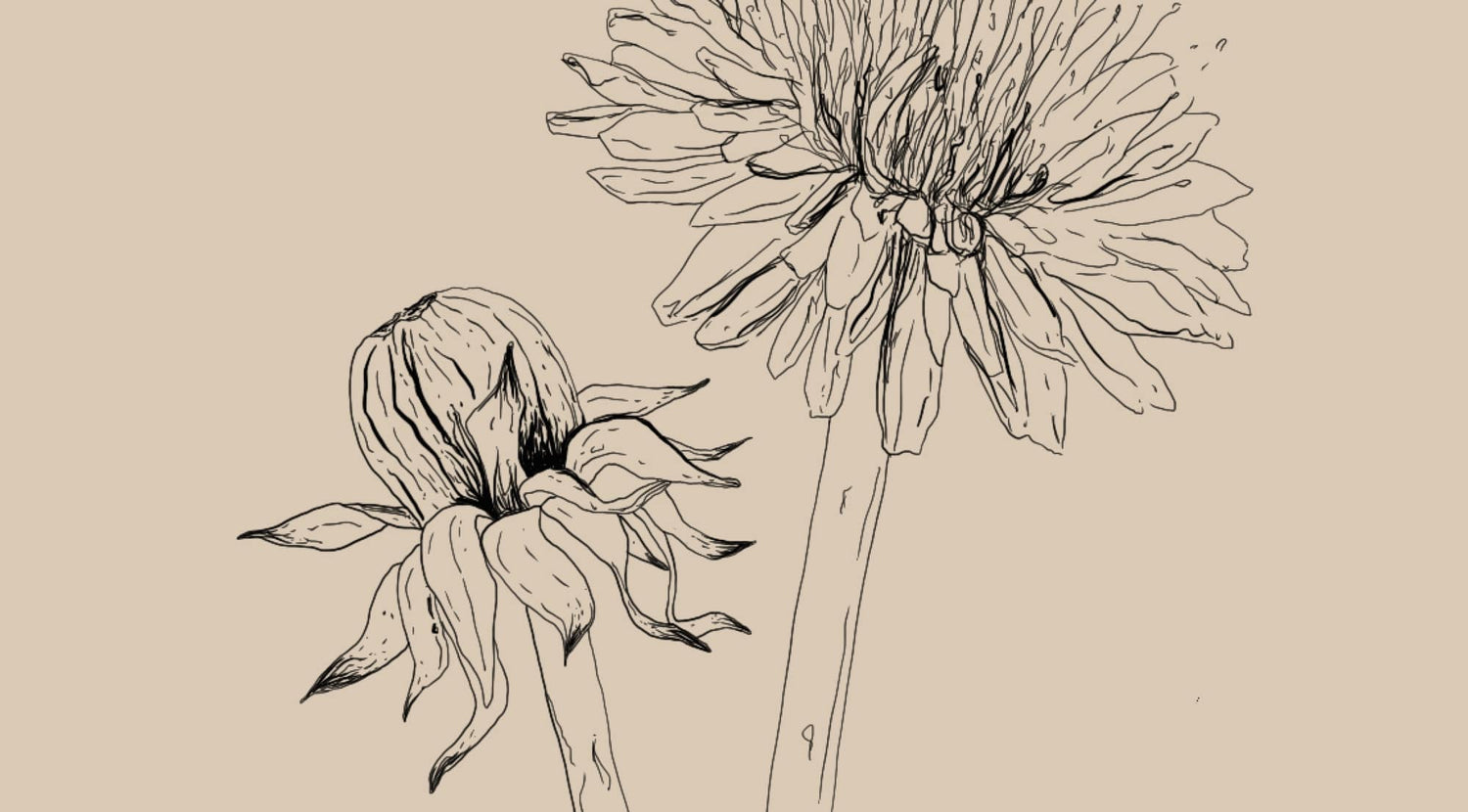Women's Health Trio
Ignite your feminine superpowers with this trio to support your glow and libido. Includes:
Woman Kind 60 capsules. A rejuvenating female tonic using Ayurvedic remedies to help the body adapt to stress and enhance healthy libido.
Shatavari 50 mL oral liquid. Traditionally used in Ayurvedic medicine as a rejuvenating tonic and as an aphrodisiac to enhance healthy libido.
Wander Glow 30 capsules. With plant derived nutrients to support collagen formation, skin elasticity, healthy hair and strong nails.
Purchase any two items, get your choice of free Mushroom powder.
Couldn't load pickup availability
Description
Description
Direction
Direction
Active Ingredients
Active Ingredients
Health Warnings
Health Warnings
Sourcing
Sourcing
Consciously Created
Australian Made
No Added Dairy
No Added Gluten
No Added Soy
Plant Actives
Responsible Packaging
Vegan
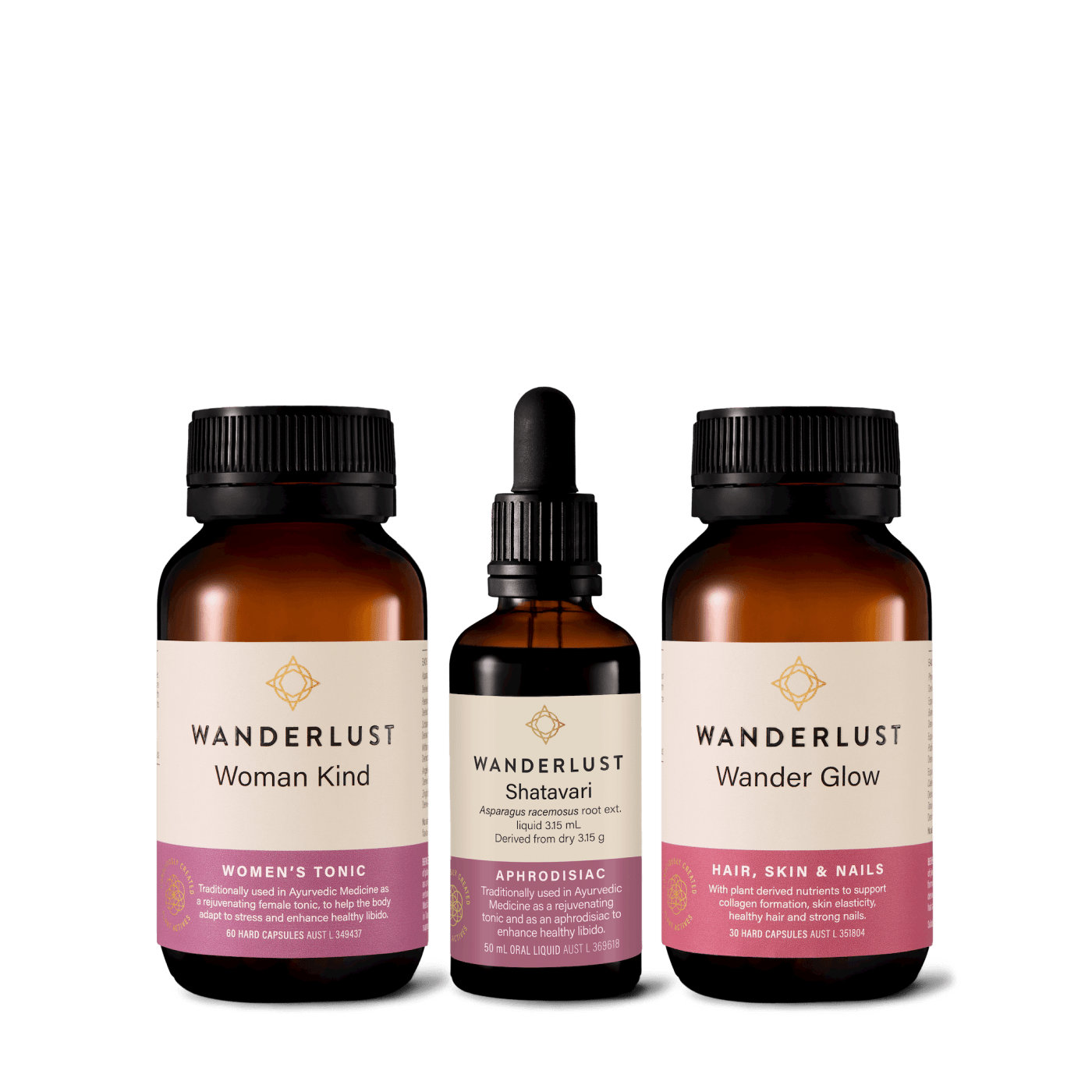
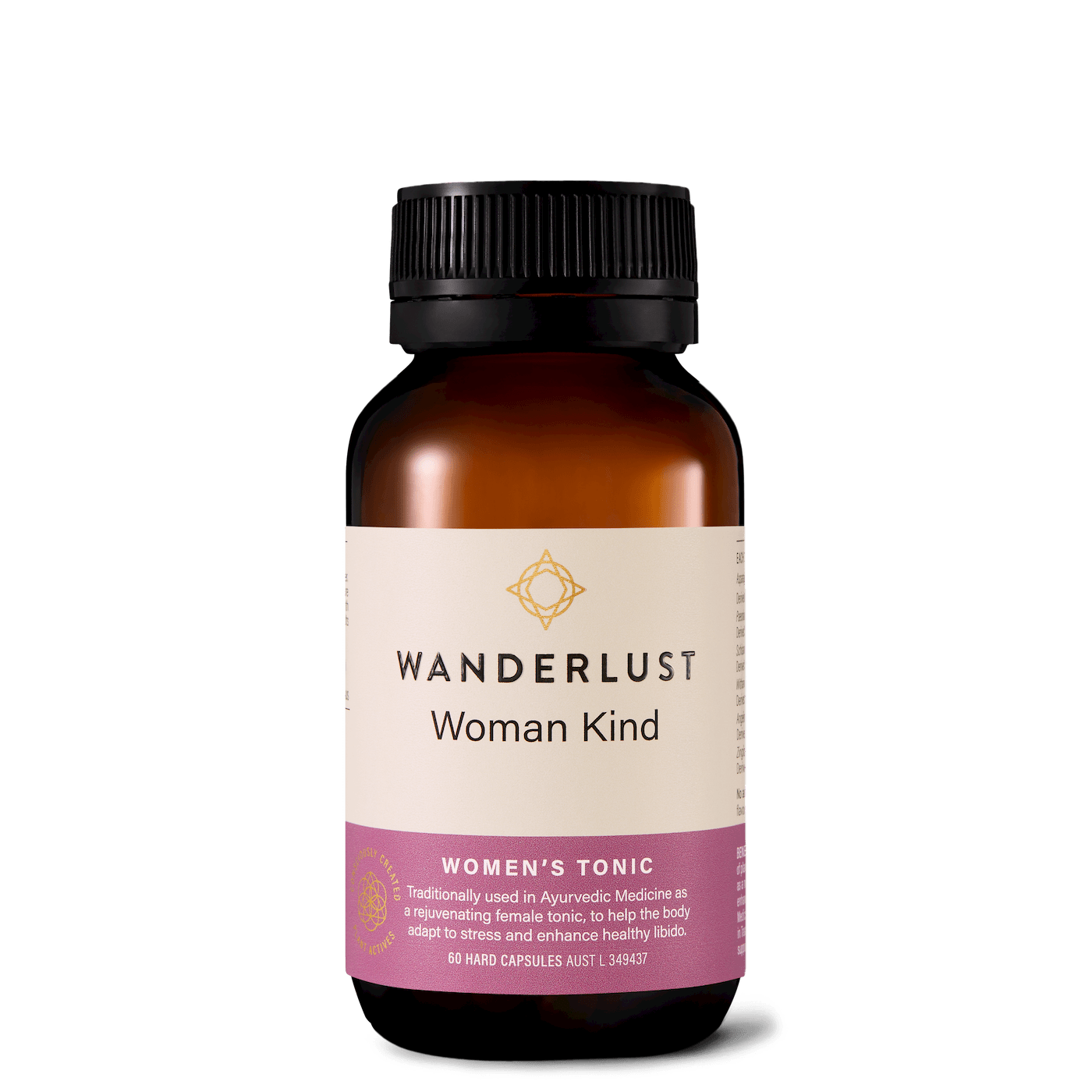
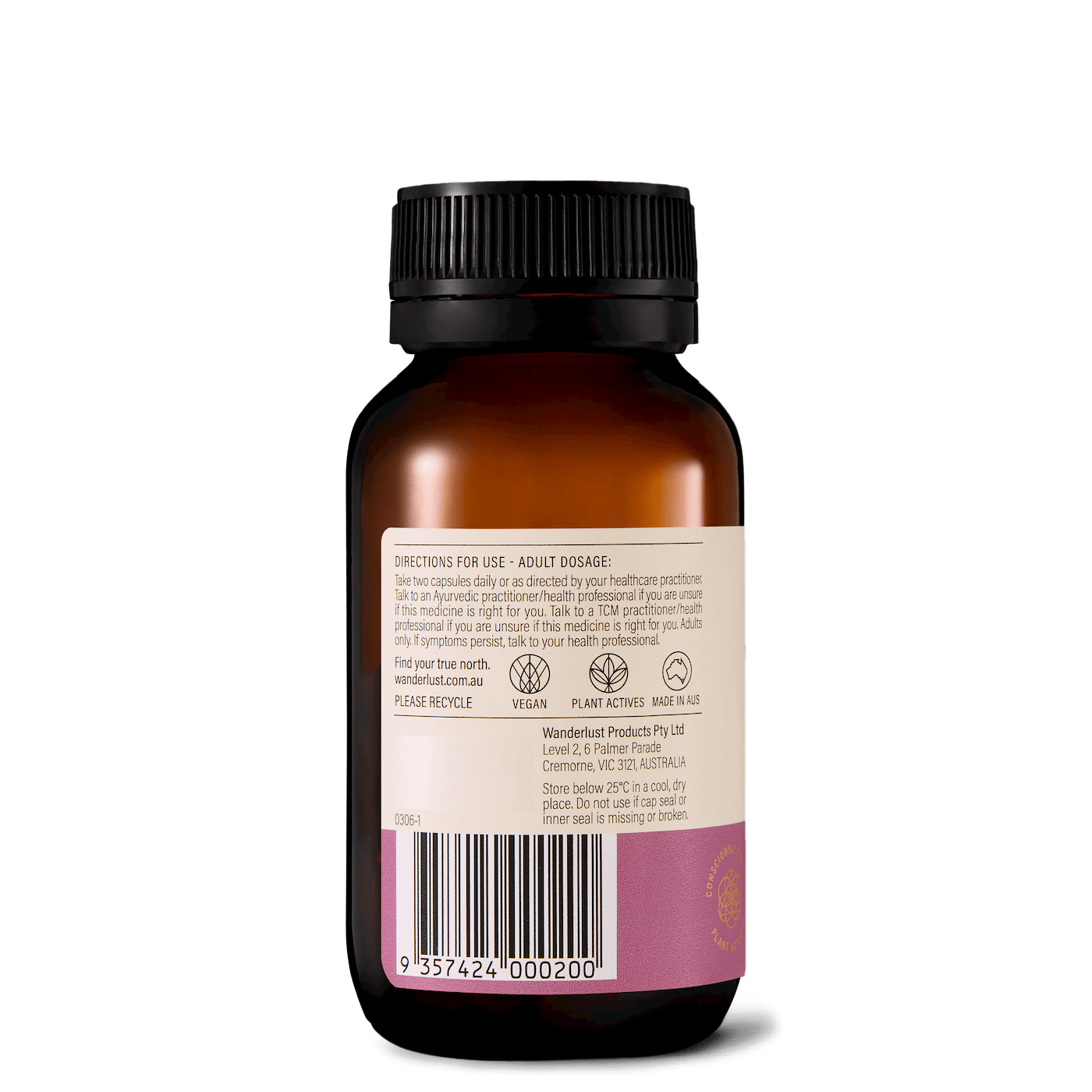


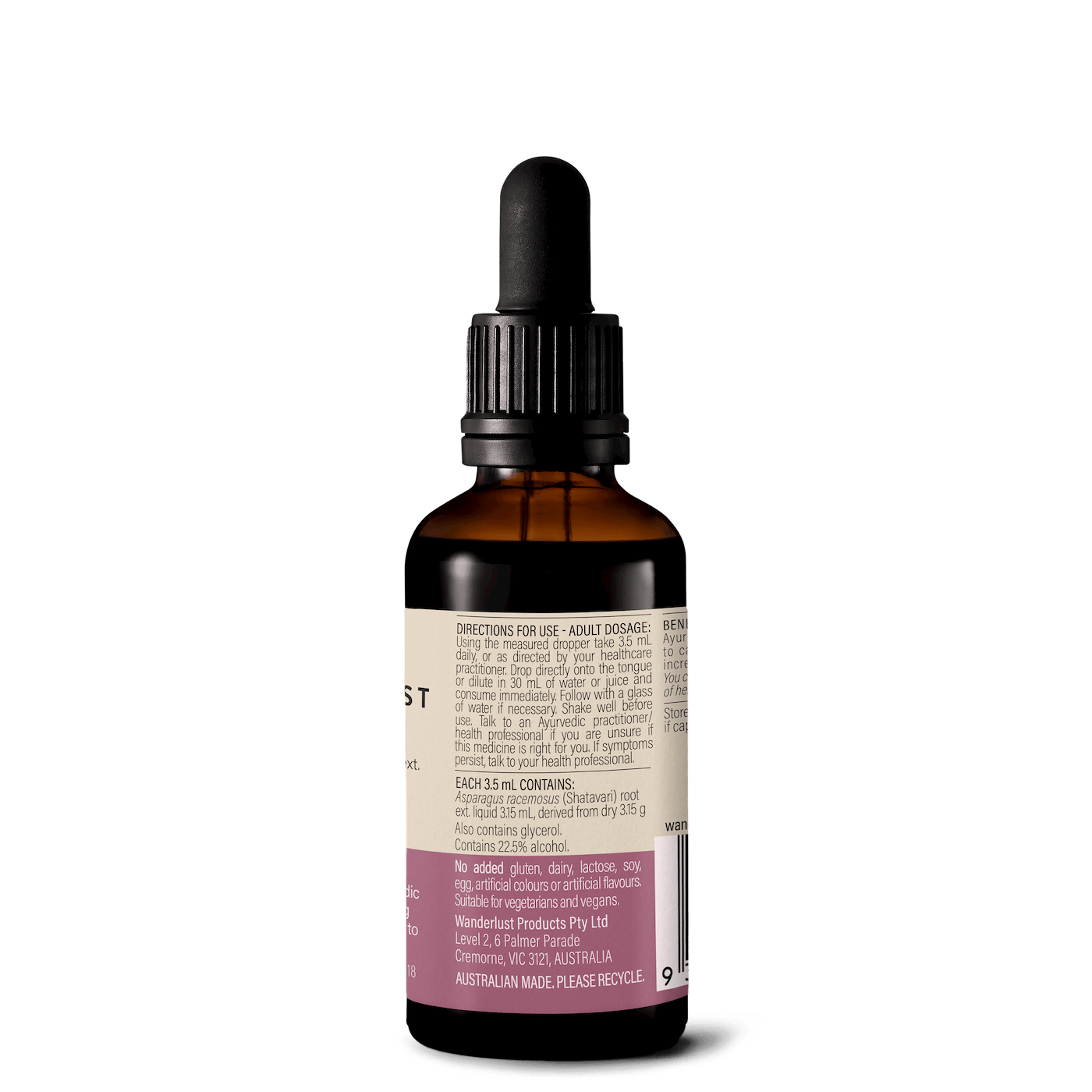




Ingredients
White Peony
Paeonia lactiflora
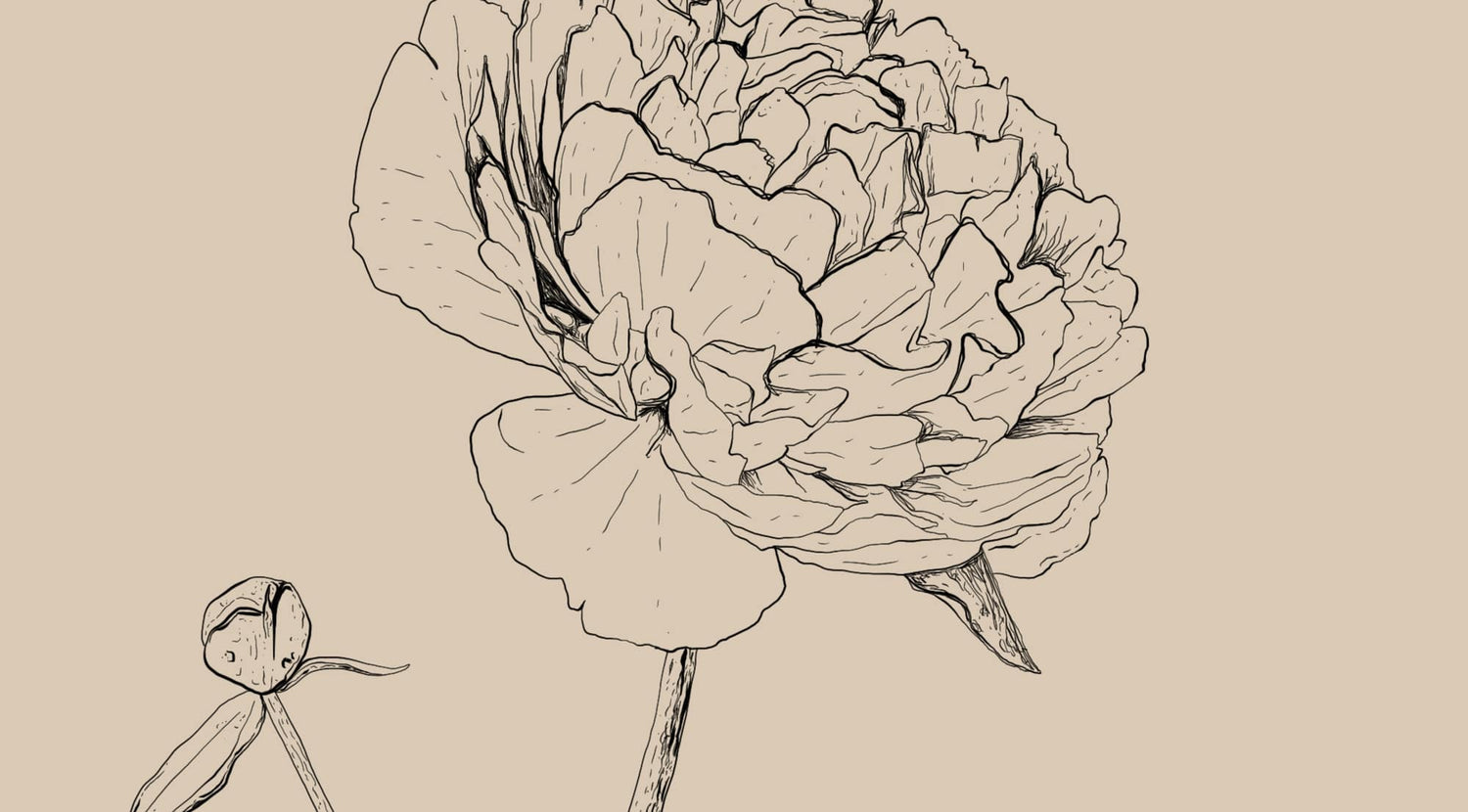
Schisandra
Schisandra chinensis
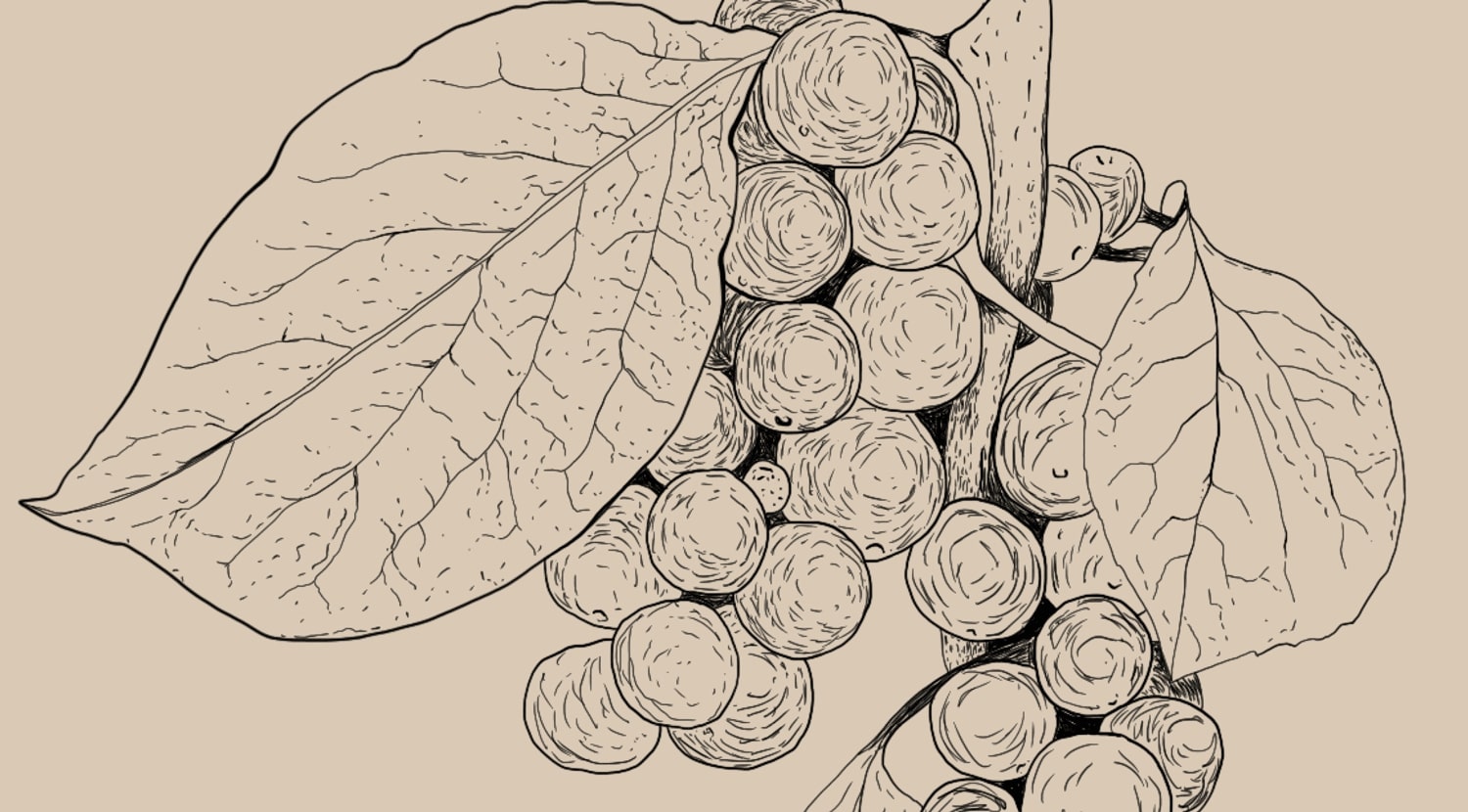
Shatavari
Asparagus racemosus
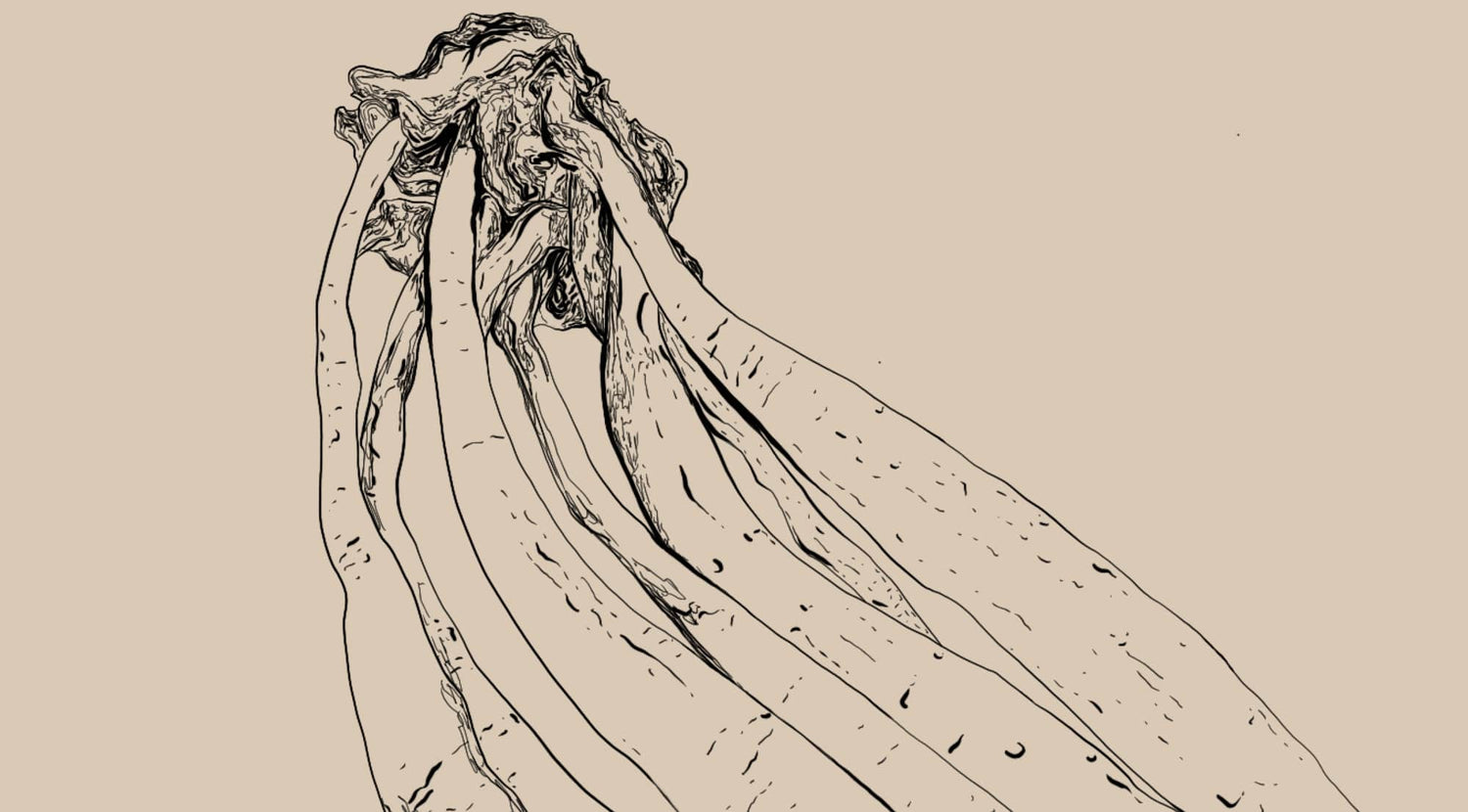
Ashwagandha
Withania somnifera
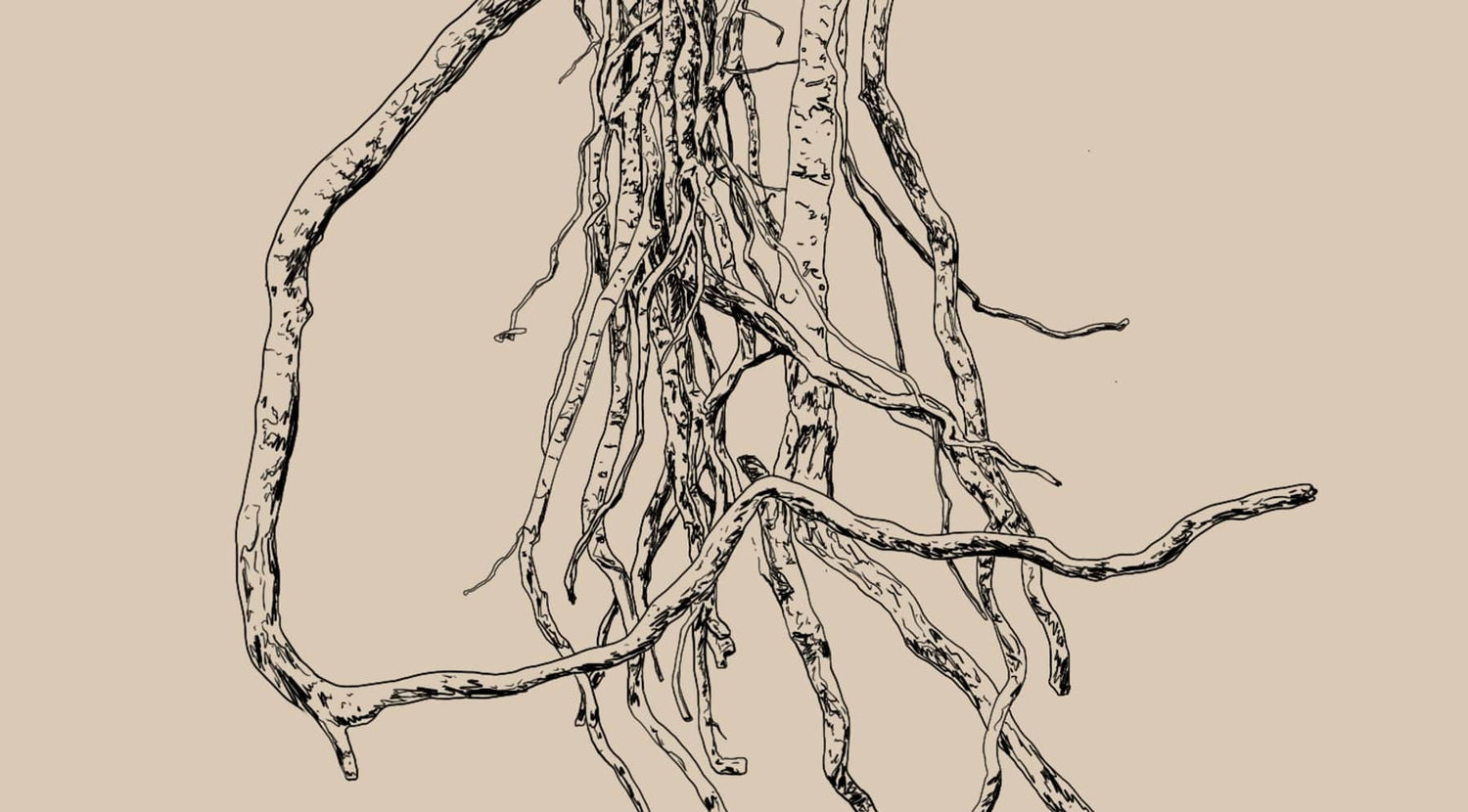
Dong Quai
Angelica polymorph
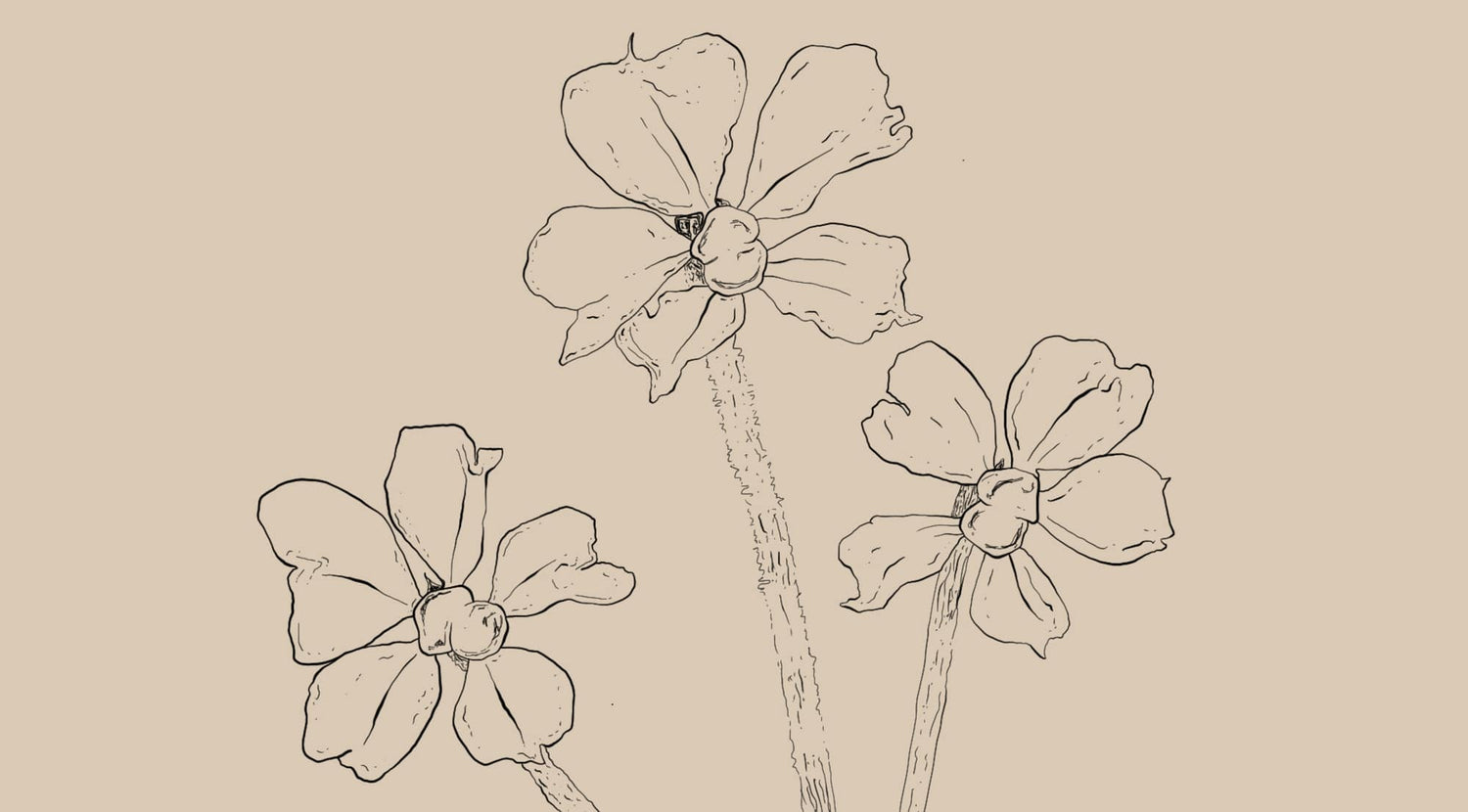
Ginger
Zingiber officinale
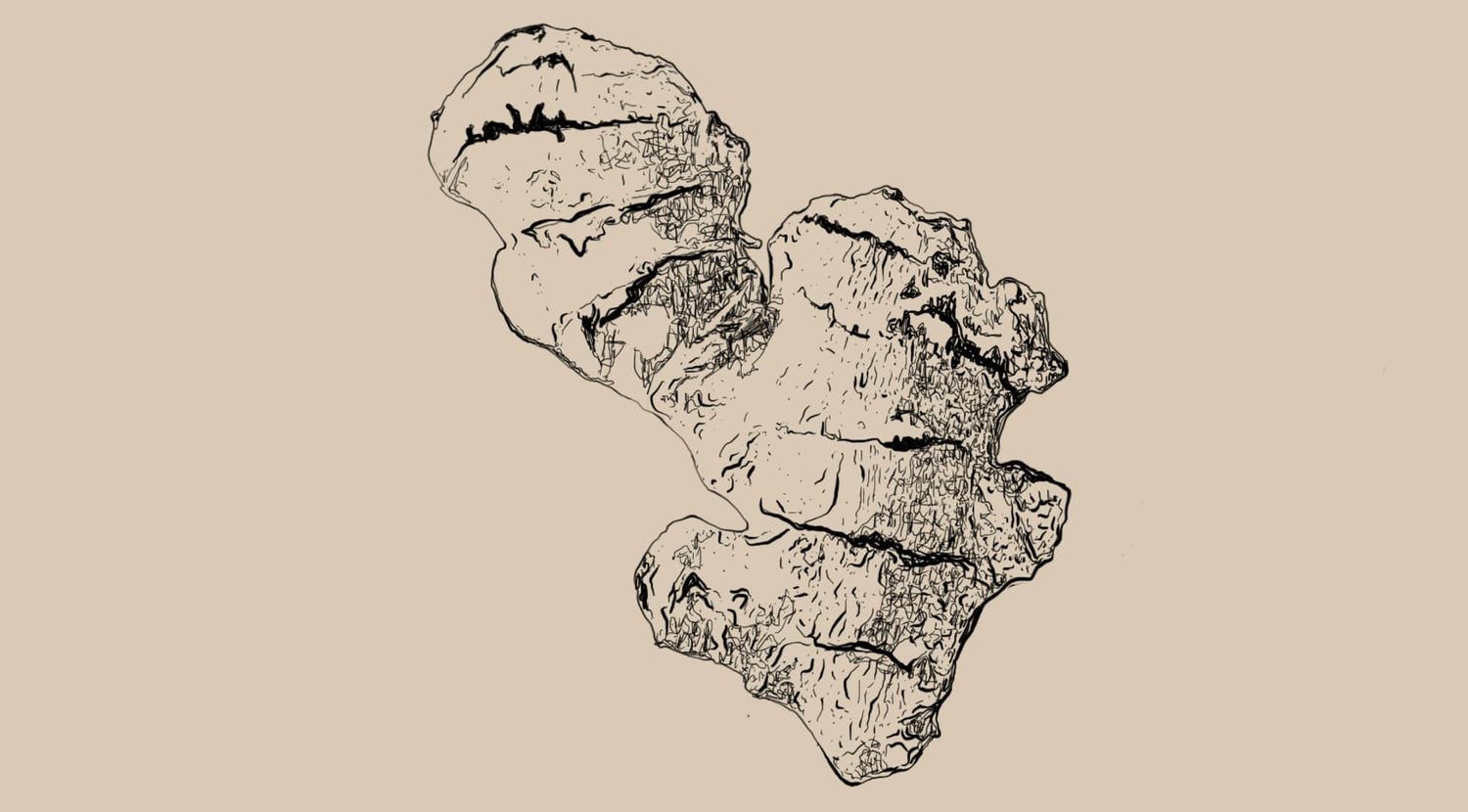
Guava
Psidium guajava
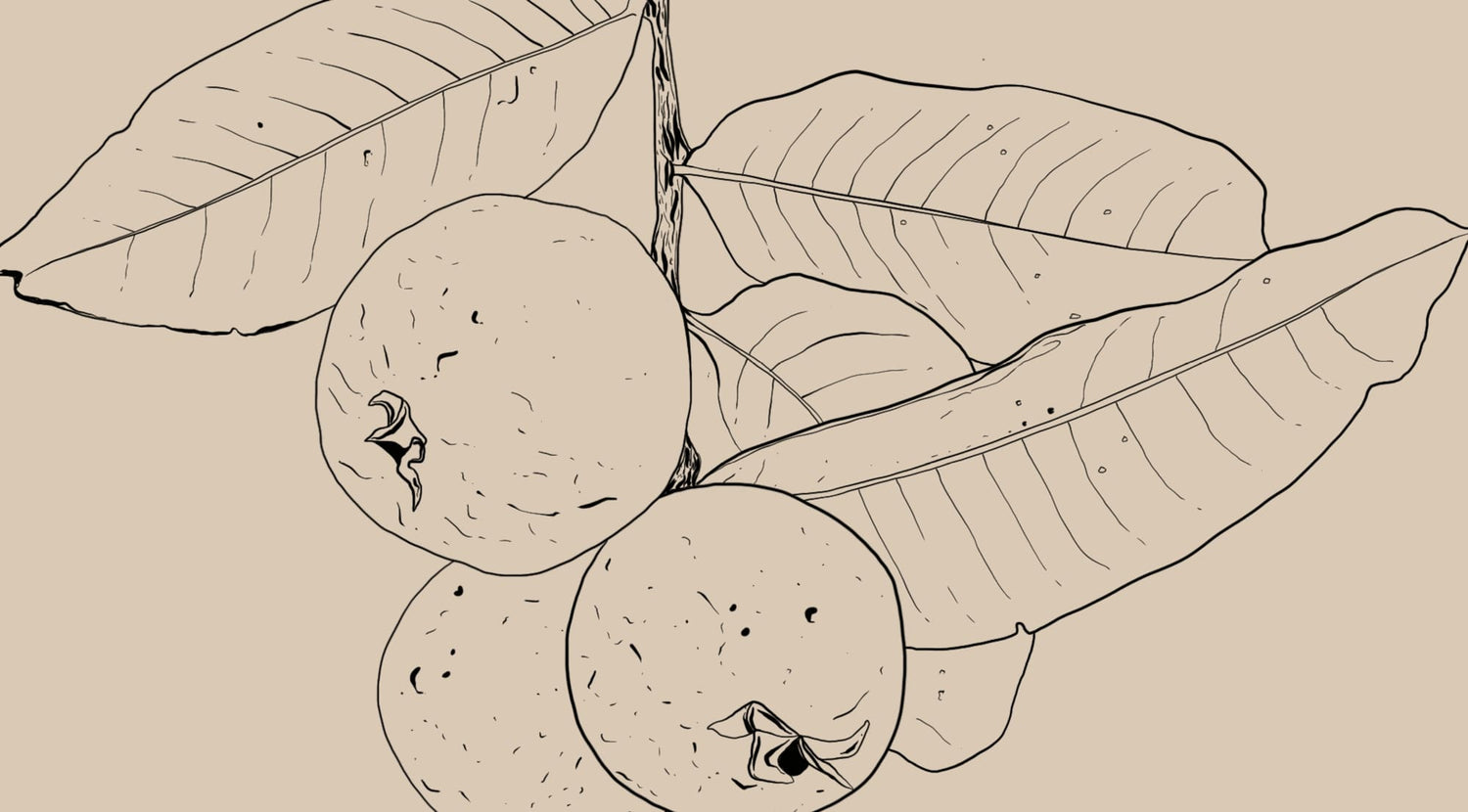
Amla
Phyllanthus emblica
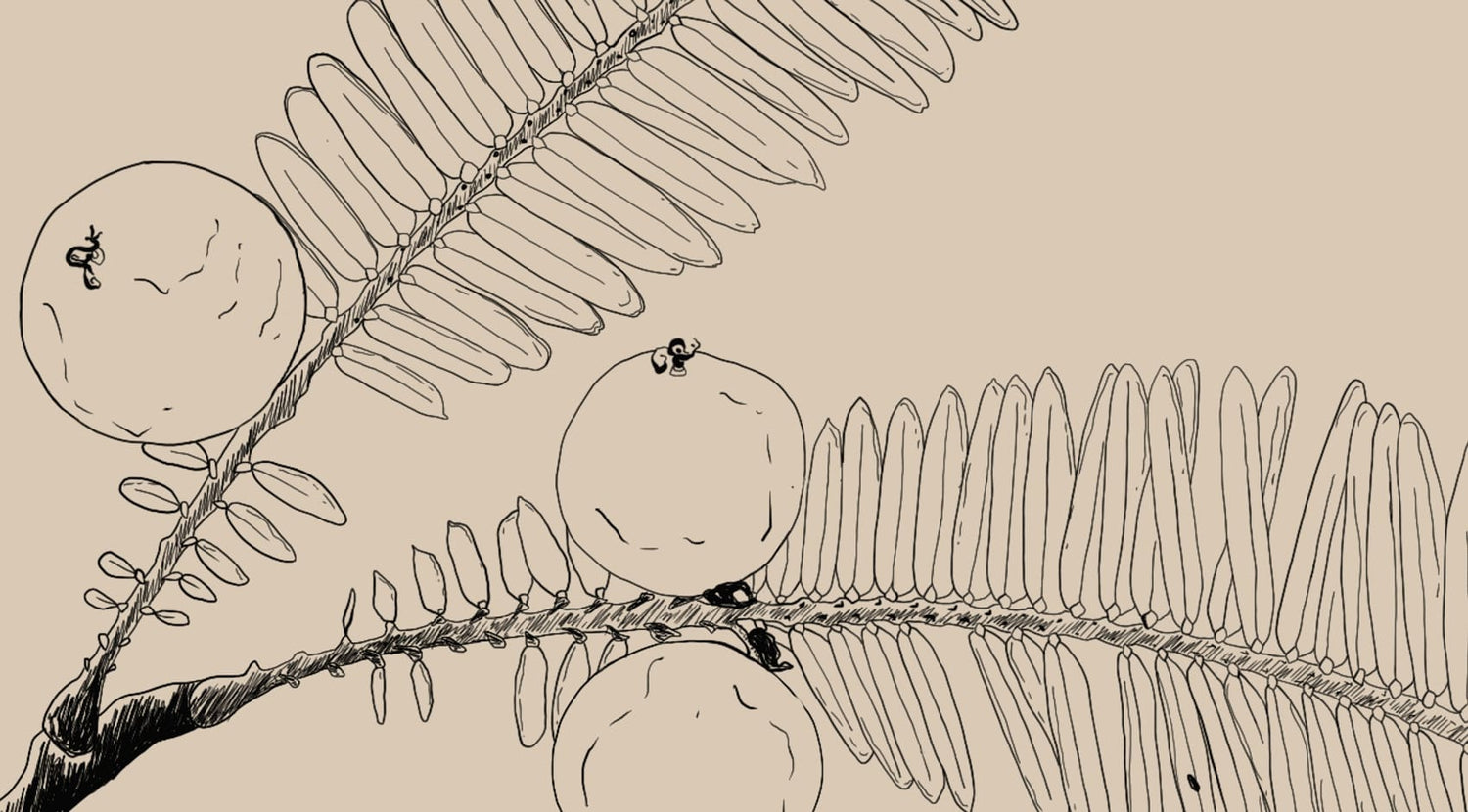
Bamboo
Bambusa textilis
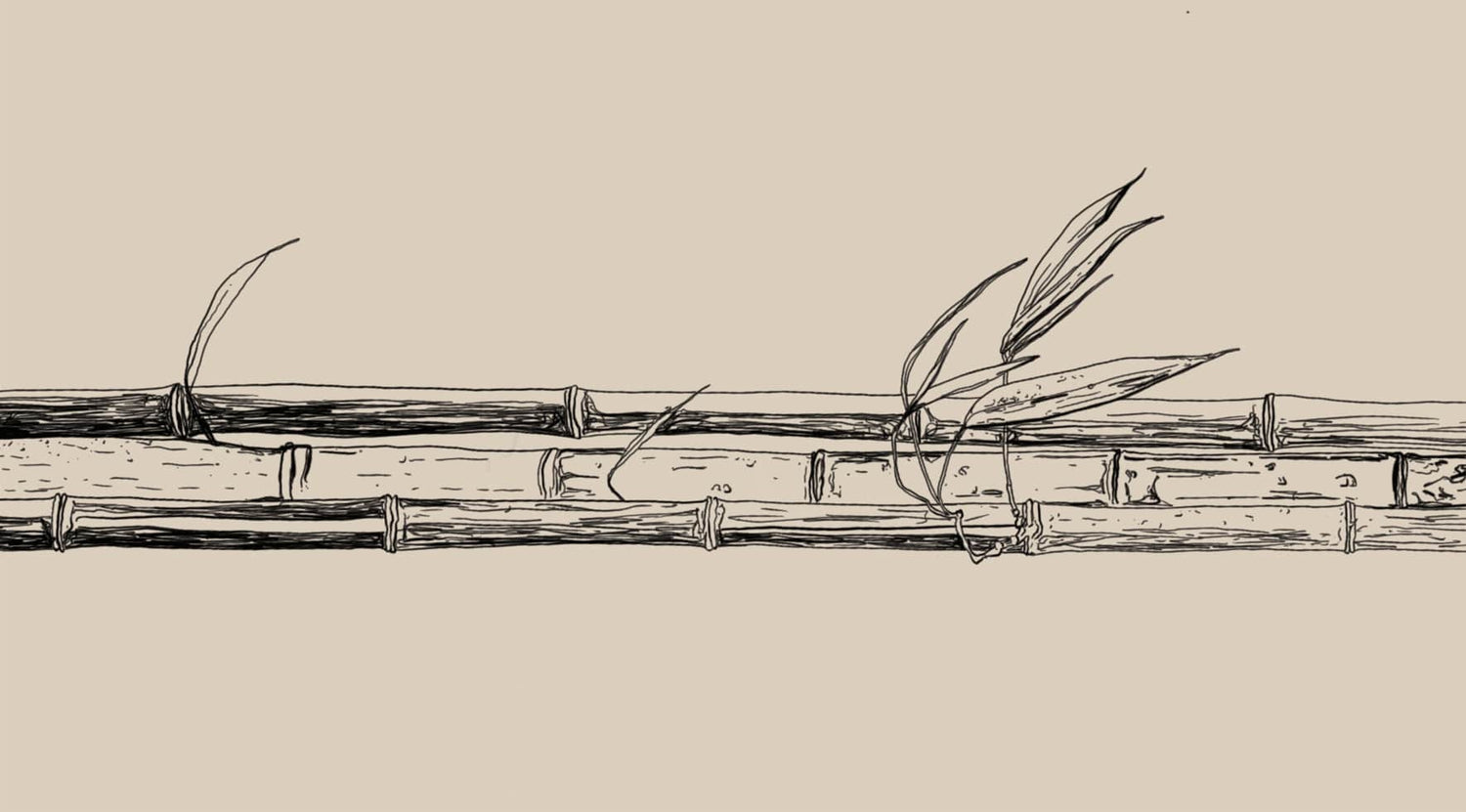
Calendula
Calendula officinalis
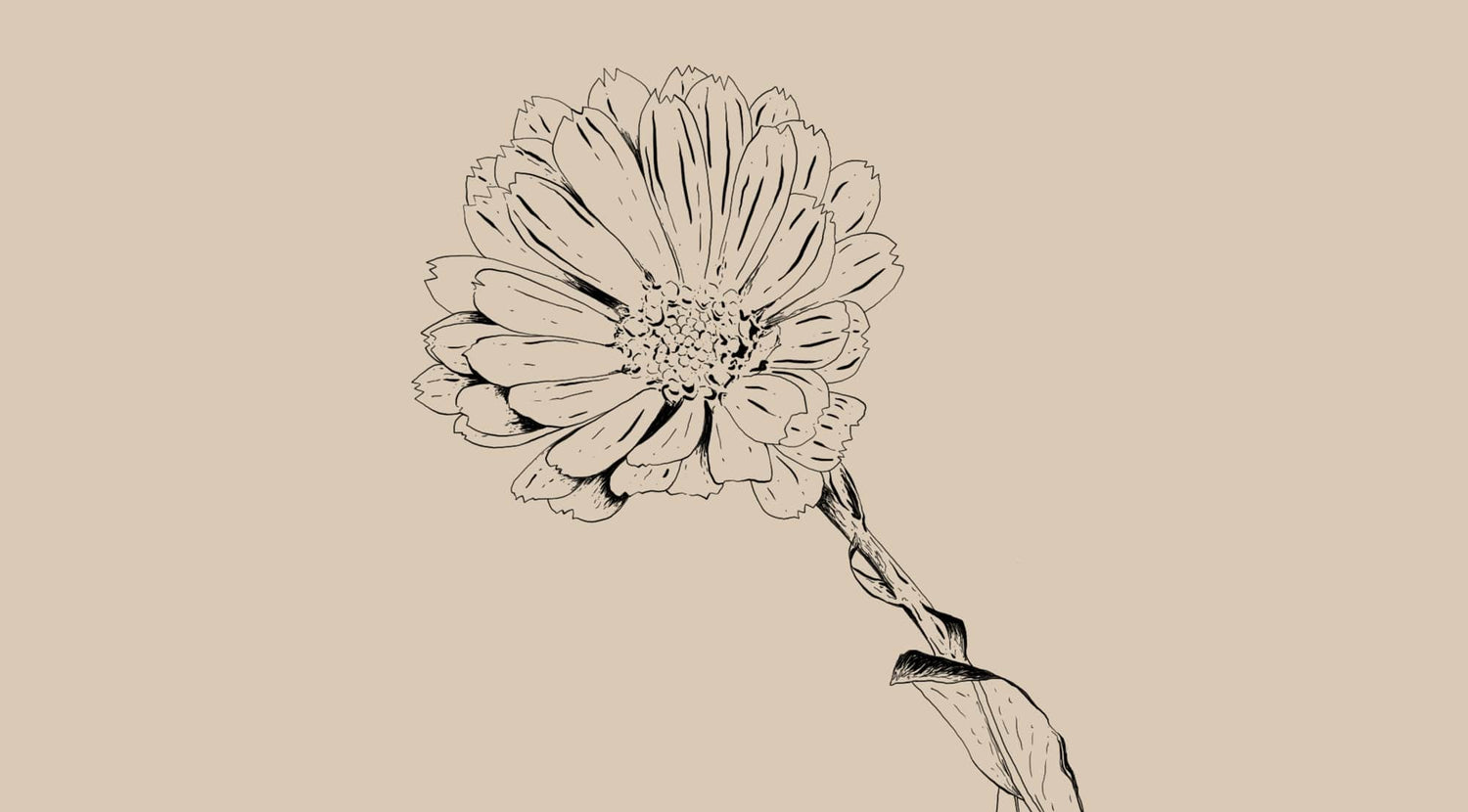
Dandelion
Taraxacum officinale
